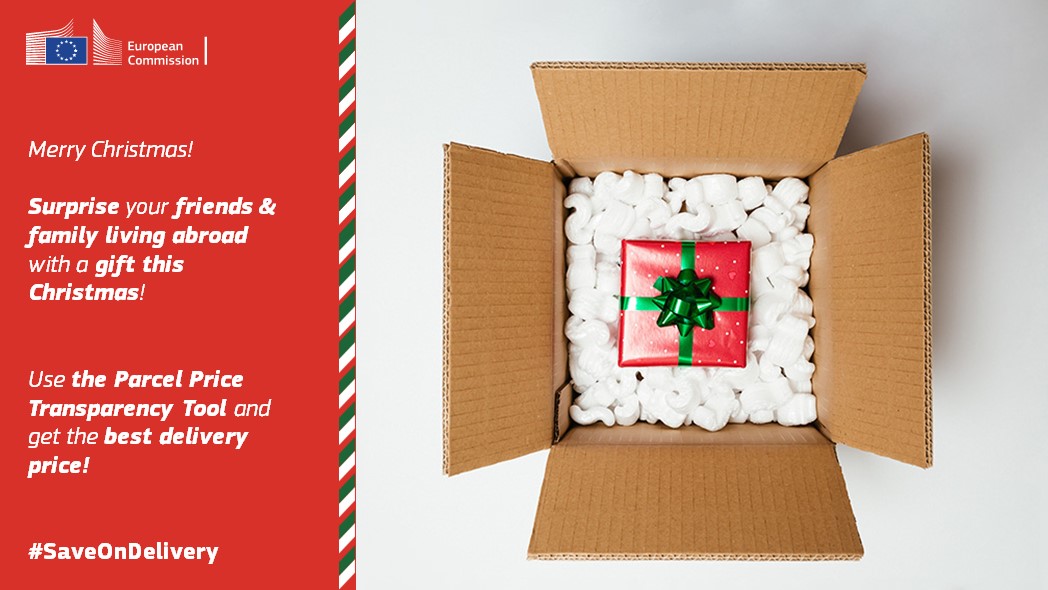Do you know how much it costs to send a parcel cross-border?

date: 09/12/2022
permalink: Main URL
DG GROW takes advantage of the month of December, when people tend to send each-other more gifts than usual, to promote the app via a social media campaign developed in-house. It will post on its twitter and Facebook accounts using the hashtag #SaveOnDelivery and linking to the page. The national regulators for postal services and the European Consumer Centers Network will join the effort to spread the word about the tool.
The parcel price tool shows the public tariffs of the most frequently used weight categories for e-commerce, namely standard, registered and track & trace letters of 500g, 1 and 2kg and standard and track & trace parcel services of 1, 2 and 5kg from and to all Member States. The website includes the prices of more than 300 providers established in the EU, with more than 40.000 products. Tariffs are collected by national postal regulators from all European parcel delivery providers with more than 50 employees or established in more than one Member State. This helps individual customers and small and medium sized enterprises access non-biased information on shipping services within the EU.
The parcel price webpage has been online since April 2019, following the adoption of the 2018 Regulation on cross-border parcel delivery services. The goal of the regulation was to increase regulatory oversight and price transparency in the postal sector and to allow consumers and companies, in particular small and medium-sized enterprises (SMEs), to buy and sell products and services online more easily and confidently across the EU. The regulation was preceded by a Commission study, conducted in 2015, that found cross-border parcel delivery prices were up to five times higher than domestic services and the prices of comparable services varied significantly between Member States.
